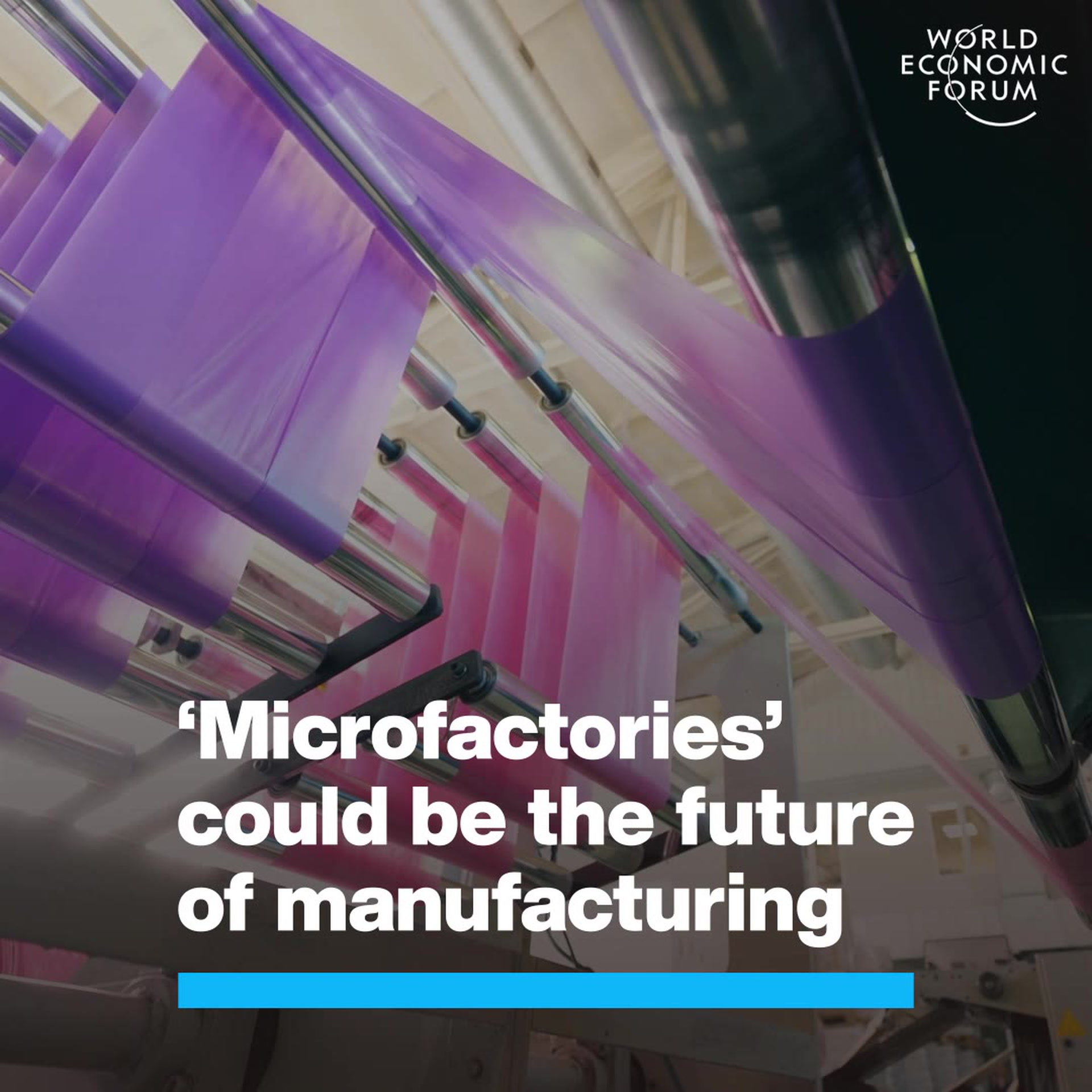Critical minerals can pave the road to more robust international development

There are opportunities to meaningfully improve the way companies and institutions from the Global North approach critical mineral projects in developing countries: Image: Reuters/Jonny Hogg

Get involved with our crowdsourced digital platform to deliver impact at scale
Stay up to date:
Advanced Manufacturing and Supply Chains
- Developed economies are trying to diversify access to critical minerals, but they should consider the impact on developing economies.
- Updating regulatory frameworks and greater ESG uptake can encourage sustainable extraction of critical minerals.
- Revamping foreign aid in tandem with investment in critical minerals will further support sustainability in developing economies.
The road to clean energy goes through a historically dirty industry: mining. In the developing world especially, mineral extraction and processing has historically caused not just environmental contamination but also corruption and displacement of local livelihoods. Can it be different as we look to scale up the technology needed to hit net zero?
Countries such as Indonesia, Chile and the Democratic Republic of the Congo (DRC) are home to large deposits of the minerals needed for technologies like electric vehicles and solar panels. These countries are understandably keen to maximize how they benefit from these resources. For example, Indonesia – the world’s largest nickel producer – effectively banned the export of raw nickel in 2019 by requiring that it be processed within its borders. Chile plans to nationalize its lithium industry. And the DRC – the leading global producer of cobalt – has designated the element and other minerals as strategic resources to extract higher royalties.
Complicating this situation for the US, Germany, Japan, South Korea and other countries in the Global North that need these minerals to continue producing green technologies is the fact that China has long dominated the critical mineral processing sector. Now, Chinese companies – with government support in the form of loans and negotiated minerals-for-infrastructure deals – have also started to buy out the extraction sector in the Global South.
Alarmed by this, the US, EU and other leading green tech manufacturers are taking steps to ensure their own continued access to raw materials. Just last year, the US State Department signed agreements with Mongolia, Zambia and the DRC to “advance secure and resilient critical mineral supply chains”. Similarly, following the introduction of its Critical Raw Materials Act, which seeks to reduce dependency on China for critical materials, the EU has pursued agreements with Kazakhstan, Namibia, the DRC and other countries in the Great Lakes Regions for battery-related minerals.
While those programmes are promising, green tech manufacturers in the Global North also need to consider how investment in extraction can contribute to these countries’ long-term growth and economic development.
That’s not as easy as it might seem. First, mineral markets are characterized by boom-and-bust cycles. Between 2022 and 2023, for example, the price of cobalt dropped from $40 per pound to $17, causing Glencore, a leading cobalt producer in the DRC, to slow production. Second, clean-energy technologies may shift to using different minerals. The cobalt price drop was driven, in part, by a shift in the Chinese EV market to cobalt-free batteries. Third, mining projects, because they are capital-intensive and require specialized imported equipment, tend to function as “enclaves”; this limits any positive economic spillovers for nearby communities. Fourth, extraction projects have an unavoidable expiration date; eventually the mineral deposits are depleted. After a mine closes, local communities suffer increased poverty, reduced employment opportunities and fewer investments in local public services.
More troubling, in countries characterized by weak government or civic institutions, the exploitation of natural resources can prop up corrupt leaders, disincentivize public investment and thus exacerbate social, political and economic ills. This “resource curse” dynamic has previously unfolded in many of the same countries with minerals that are now needed for green technologies.
But there are opportunities to meaningfully improve the way companies and institutions from the Global North approach mineral projects in developing countries:
1. Update existing regulatory frameworks
Take the US’s and EU’s regulations banning “conflict minerals”, enacted in 2012 and 2021, respectively. Even though both exempt certain minerals essential to clean energy technologies, they may disincentivize investments in places that need them most. For example, afraid of public backlash, some companies have stopped sourcing minerals entirely from countries with known human rights abuses, seriously threatening local livelihoods in the process. Policy-makers might consider exempting other clean energy minerals, like cobalt, from these regulations even as they strengthen enforcement mechanisms. They might also explore ways to incentivize companies to make holistic decisions regarding the net benefit to local populations.
2. Adopt environmental, social and governance standards
ESG standards could also help new projects develop in safe and equitable ways. However, multiple standards create uncertainty for private industry, disincentivizing speedy capital expenditures and delaying much-needed supply. Policy-makers should give guidance as to how ESG standards align with the country's tax and regulatory structures and encourage ESG-certifying entities to come to a consensus. Countries could also increase demand for responsibly sourced materials by implementing import quotas for ESG-certified critical minerals.
3. Increase other forms of foreign aid
With a handful of exceptions, most OECD countries have consistently failed to meet the UN’s target of allocating at least 0.7% of gross national income to official development assistance. America’s entire foreign assistance budget has hovered around 1% of the federal budget since the 1980s, and there has been no increase to cover the State Department’s critical mineral initiatives. Policy-makers need to consider increasing funding for capacity-building, workforce training, and technology transfers in these countries as a way to build a diversified critical mineral supply chain. National strategies that only focus on direct investments in mining projects miss an opportunity to create sustainable results, which could be a more attractive alternative to Chinese infrastructure investment.
Revamping the approach to foreign assistance in tandem with mineral investments could be a way to reinstitute an important instrument of soft power. Otherwise, developed nations in the Global North and others are vulnerable to criticism that suggests they are exploiting developing countries with the green energy transition as a cover.
Don't miss any update on this topic
Create a free account and access your personalized content collection with our latest publications and analyses.
License and Republishing
World Economic Forum articles may be republished in accordance with the Creative Commons Attribution-NonCommercial-NoDerivatives 4.0 International Public License, and in accordance with our Terms of Use.
The views expressed in this article are those of the author alone and not the World Economic Forum.
Related topics:
The Agenda Weekly
A weekly update of the most important issues driving the global agenda
You can unsubscribe at any time using the link in our emails. For more details, review our privacy policy.
More on Manufacturing and Value ChainsSee all
Aleksander Ciszek and Devin Culham
April 25, 2024
Andre S. Yoon and Kyoung Yeon Kim
April 23, 2024
Andrea Willige
March 19, 2024






